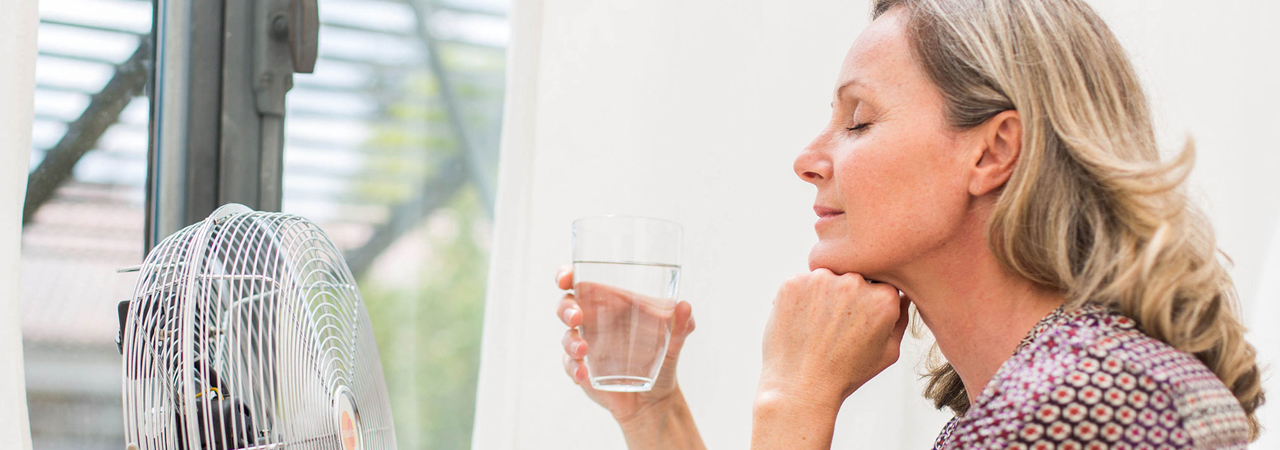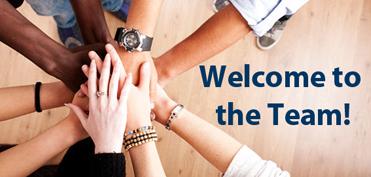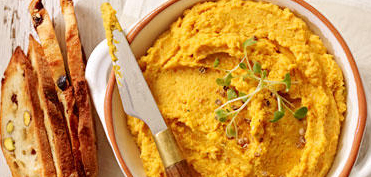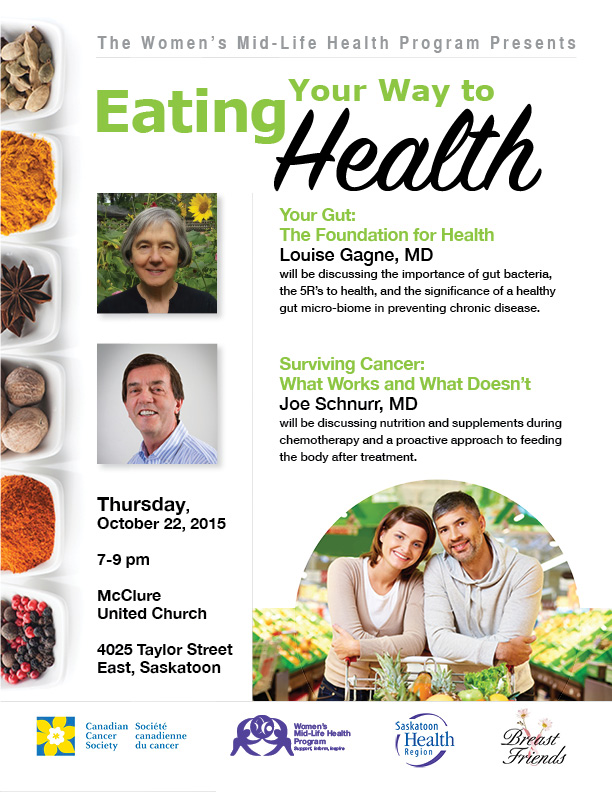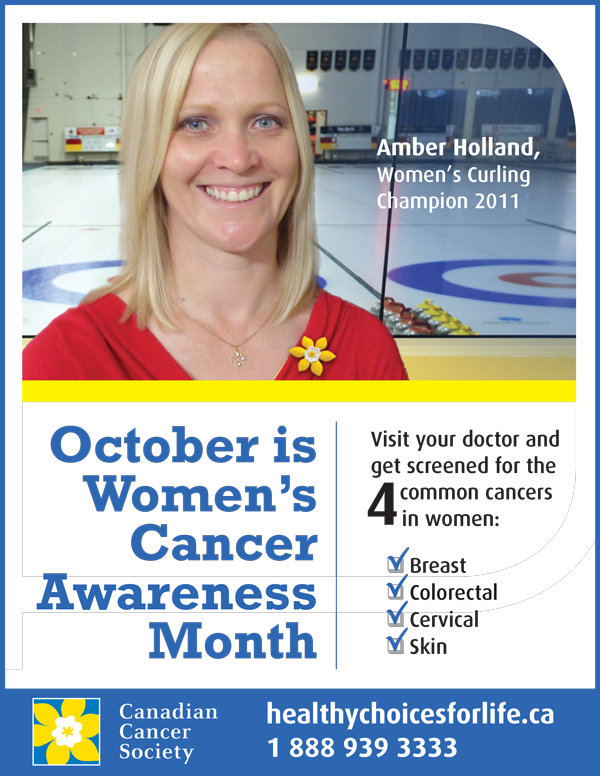1. Make sure you have a source of protein.
Having protein in your stomach is what sends the signals to the brain indicating whether you are full or not. Also, because it takes longer to digest, it can sustain that “full” feeling.
Examples of good protein sources include: Meat/fish/poultry, cottage cheese, beans, chickpeas, tofu, soy/edamame beans, nuts and nut butters, eggs.
2. Include a whole grain.
Not only are these a great source of fibre, which help you feel full, but they are also a great source of long-lasting carbohydrates. Carbohydrates are our brains’ preferred source of energy, so to keep alert and productive, we need to eat them on a regular basis! The good news is that there are many other options out there than bread!
Examples of good whole grain sources include: whole wheat bread/wraps/pitas, quinoa, brown rice, whole wheat pasta, barley, oats, beans. An allowable exception for the whole grain is beans and legumes (black beans, kidney beans, lentils, etc.). While technically not a grain, they have the benefit of protein PLUS long lasting carbohydrates!
3. Make it colorful!
Toss in some colorful fruits and veggies and you’ve got yourself a balanced, healthy, and sustaining lunch! Adding these foods will give you valuable vitamins and minerals and extra fibre.
Examples of colorful vegetables and fruit include: Pretty much all of them!!!
With these three rules in mind, you can see how a sandwich might be a no-brainer. But with some imagination and maybe a little help from Google or Pinterest, you can get creative with your options! Here are some suggestions:
Baked sweet potato (with skin), topped with leftover chili and slice of whole wheat garlic toast
Hummus with carrots, celery, cucumbers, whole wheat pita bread and a banana
Sliced turkey, cheddar cheese and cucumbers on whole wheat crackers (homemade Lunchables!) with fruit salad
Quinoa and black bean salad (recipe below) on spinach and an apple
The possibilities are endless with a little creativity and a little planning!
Black Bean & Quinoa Salad
1 cup quinoa (uncooked)
2 cups water
1 can black beans
(drained and rinsed)
1½ cups chopped vegetables (you choose):
Peppers, Onions, Cucumber, Celery
Carrots, Tomato
Dressing
3 tbsp lime juice
2 tbsp olive oil
1 tsp cumin
1 tsp honey
Pinch hot pepper flakes (optional)
Salt & pepper to taste
In a medium saucepan, combine the quinoa with water. Bring to a boil, reduce heat to low-medium, and then cover with a tight-fitting lid. Simmer for 14-17 minutes until the water is absorbed and the quinoa is fluffy. Remove from heat and steam with the lid on for an additional 5 minutes. Fluff with fork and chill in the fridge for at least 15 minutes.
Meanwhile, chop up your choice of vegetables and combine in a large bowl. Stir in cooled quinoa.
Prepare the vinaigrette: In a small bowl, whisk together olive oil, lime juice, cumin, honey and hot pepper flakes (if using), salt and pepper.
Pour vinaigrette over salad and toss to coat.
Nutrition Information
(per ½ cup serving):
Calories 232 calories, Protein 10 g, Fat 5 g, Carbohydrates 35 g, Fibre 7 g


